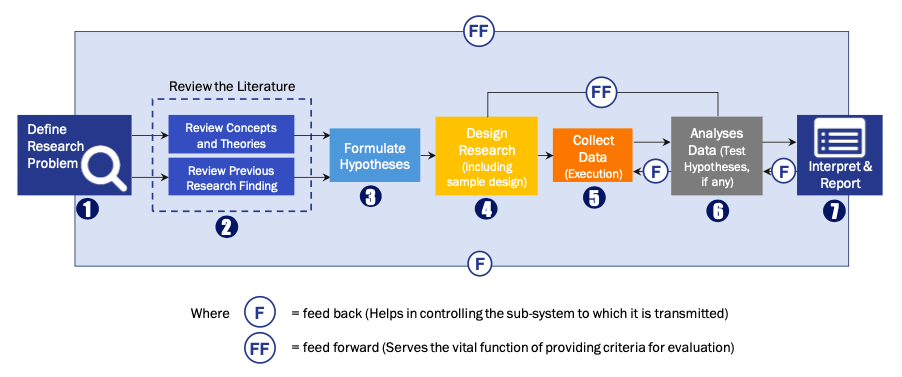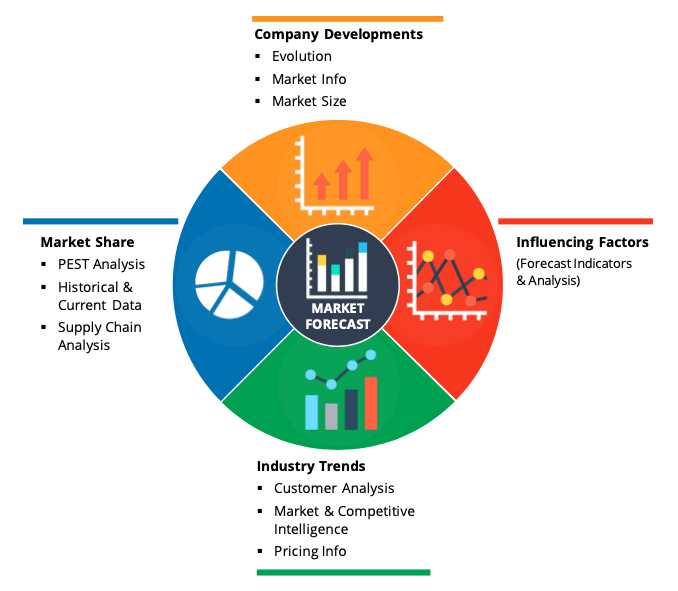As the COVID-19 pandemic continuing its effect around the world, many defense and aerospace companies are facing its impact during this time around the world. For instance, commercial aviation companies in the U.S., France, Germany, and Canada are facing disruption in the production process and reduced demand as workforces staying at home, passengers stop traveling, and delay in delivery of new aircraft. Analysts expecting a drop from 3,000 to 4,000 aircraft during the pandemic period. On the defense side, contractors operating in the sector are in a better position, hence the impact of the pandemic is likely low in the short to mid-term. However, low demand due to budget constraints affecting the production as in aircraft manufacturing.
The global counter IED market is anticipated to witness considerable growth during forecast period. Improvised explosive devices (IEDs) are the crucial systems in battle procedures, mainly formed for the military forces and the law enforcement. The systems are used to identify explosives and to dispose of the IEDs for the counter-terrorism, counter-insurgency, and efforts on part of law implementation organizations. North America is projected to be prominent region for global counter IED market due to presence of key manufacturers, such as the Lockheed Martin Corporation, Northrop Grumman Corporation and General Dynamics Corporation. Furthermore, the pandemic COVID 19 is also accepted to have significant impact on the counter IED market growth. The economic slowdown as a result of the pandemic will have long term impact over the markets.
Governments of numerous countries are prioritizing on improving the counter-IED capabilities by training the homeland security personnel, developing the new solutions for the EOD operations, and others. For instance, the Joint Improvised Explosive Device Defeat Organization (JIEDDO) is complicated in procurement and development of standardization, advanced technologies, and doctrine development and the developing capabilities for IED and EOD technology. As part of ongoing arrangement, in 2017, U.S. awarded contract worth $ 1.7 billion to the CACI International Inc. to provide the deployable analytical operations, training and intelligence services to the Joint Improvised-Threat Defeat Organization.
Segment Overview
Among end users, military segment is anticipated to lead counter IED market in 2019. Militaries of many countries across globe are extensively engaged in dealing with the terrorists, insurgents, and the other non-state actors, who use IEDs as major tool to impose increased damages to then private and public properties and cause casualties. As such, diverse types of counter IED equipment are utilized by militaries of various countries to counter threats by these devices (IEDs).
The airborne deployment segment of counter IED market is projected to grow at highest CAGR during forecast period. The growth of the segment of counter IED market can be accredited to wide use of airborne platforms by the militaries of different countries to sense IEDs planted underground. These platforms are supplemented with different types of the sensors and payloads to notice IEDs at varied ranges.
Regional Overview
Among the regions, Asia Pacific’s counter IED market is expected to grow at highest CAGR during forecast period, followed by Middle East & Africa (MEA) counter IED market. The rising use of IEDs in terror attacks and growing defense spending in emerging countries of Asia Pacific region are factors anticipated to drive growth of Asia Pacific counter IED market during forecast period. A number of countries of Asia Pacific region are replacing the conventional IED detection techniques with the laser detectors, modern ground penetrating radars, and the high-resolution optical detection systems.
Competitor overview
In Sept 2018, Northrop Grumman Corporation signed agreement worth USD 103 million with U.S. Naval Sea Systems Command to deliver the joint counter-radio-controlled IED electronic warfare systems.
In June 2018, Company Named General Dynamics Land Systems signed contract worth USD 258 million to upgrading the 116 Stryker flat-bottom vehicles to the Stryker A1 configuration. The upgrade includes installation of Double-V Hull and improving vehicle’s survivability against the mines and IEDs.
In Aug 2017, Chemring Sensors and the Electronic Systems signed contract worth USD 92.6 million with U.S. Army for provision of Husky Mounted Discovery System that is intended to counter IEDs and related spare parts.
In May 2016, Thales Group launched ECLIPSE, counter-IED system, with French armed forces. ECLIPSE is built around new-generation jammer which prevents IEDs from being exploded by remote control.
Key Players counter IED market
Market Segmentation
Counter IED Market By Capability
Counter IED Market By Deployment
Counter IED Market By End Use
By Geography
Data Library Research are conducted by industry experts who offer insight on industry structure, market segmentations technology assessment and competitive landscape (CL), and penetration, as well as on emerging trends. Their analysis is based on primary interviews (~ 80%) and secondary research (~ 20%) as well as years of professional expertise in their respective industries. Adding to this, by analysing historical trends and current market positions, our analysts predict where the market will be headed for the next five years. Furthermore, the varying trends of segment & categories geographically presented are also studied and the estimated based on the primary & secondary research.
In this particular report from the supply side Data Library Research has conducted primary surveys (interviews) with the key level executives (VP, CEO’s, Marketing Director, Business Development Manager and SOFT) of the companies that active & prominent as well as the midsized organization
FIGURE 1: DLR RESEARH PROCESS

Extensive primary research was conducted to gain a deeper insight of the market and industry performance. The analysis is based on both primary and secondary research as well as years of professional expertise in the respective industries.
In addition to analysing current and historical trends, our analysts predict where the market is headed over the next five years.
It varies by segment for these categories geographically presented in the list of market tables. Speaking about this particular report we have conducted primary surveys (interviews) with the key level executives (VP, CEO’s, Marketing Director, Business Development Manager and many more) of the major players active in the market.
Secondary ResearchSecondary research was mainly used to collect and identify information useful for the extensive, technical, market-oriented, and Friend’s study of the Global Extra Neutral Alcohol. It was also used to obtain key information about major players, market classification and segmentation according to the industry trends, geographical markets, and developments related to the market and technology perspectives. For this study, analysts have gathered information from various credible sources, such as annual reports, sec filings, journals, white papers, SOFT presentations, and company web sites.
Market Size EstimationBoth, top-down and bottom-up approaches were used to estimate and validate the size of the Global market and to estimate the size of various other dependent submarkets in the overall Extra Neutral Alcohol. The key players in the market were identified through secondary research and their market contributions in the respective geographies were determined through primary and secondary research.
Forecast Model
